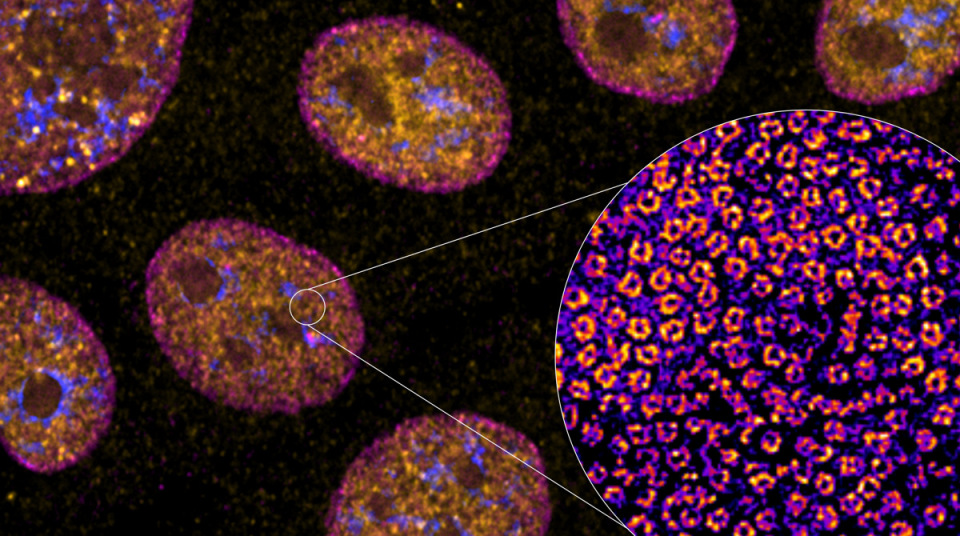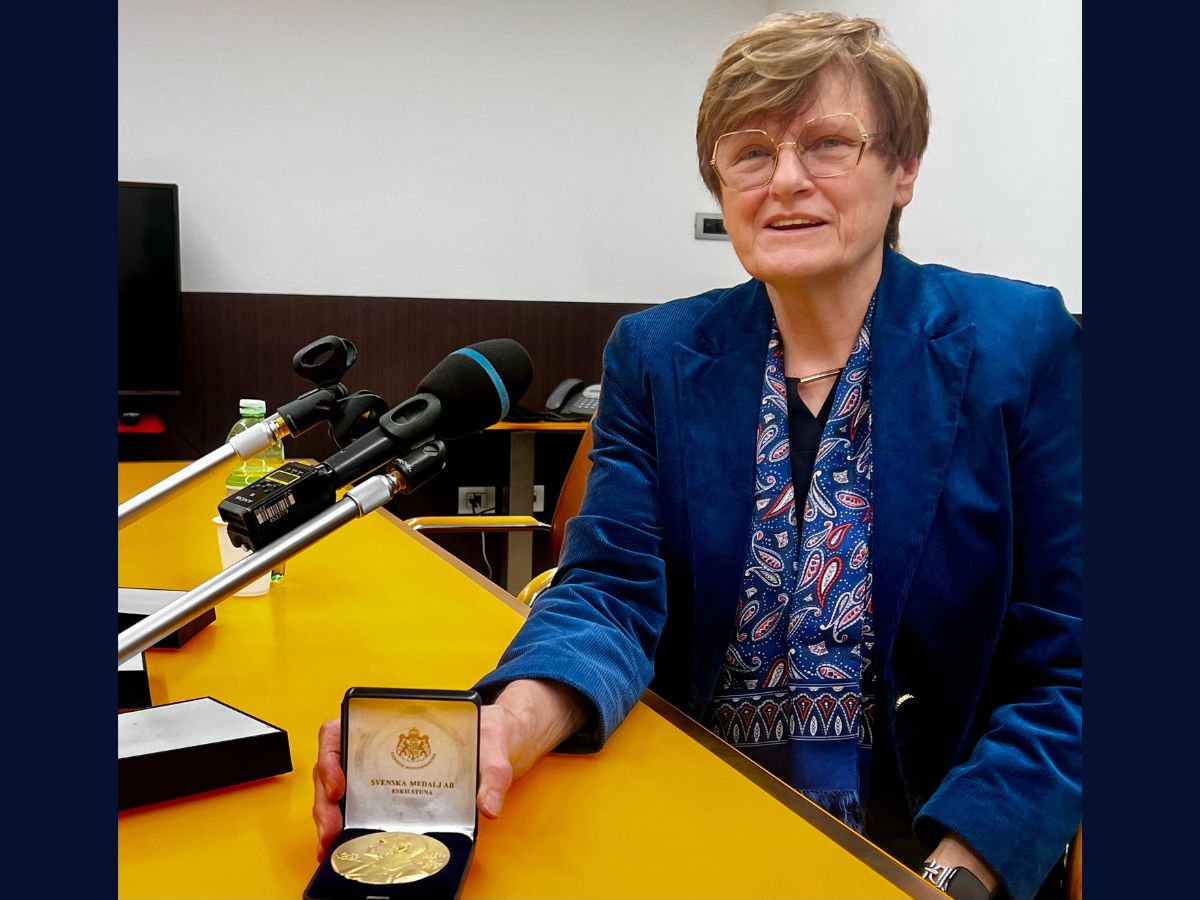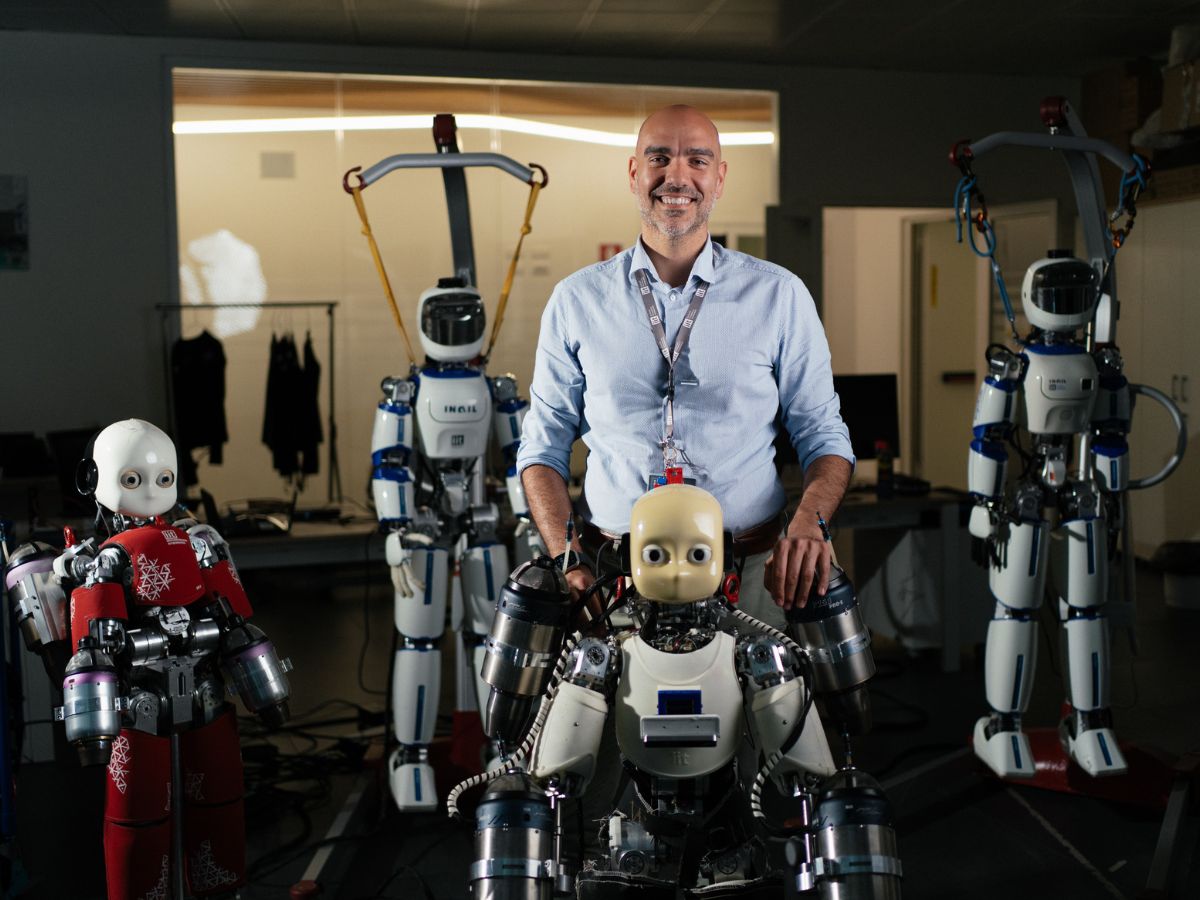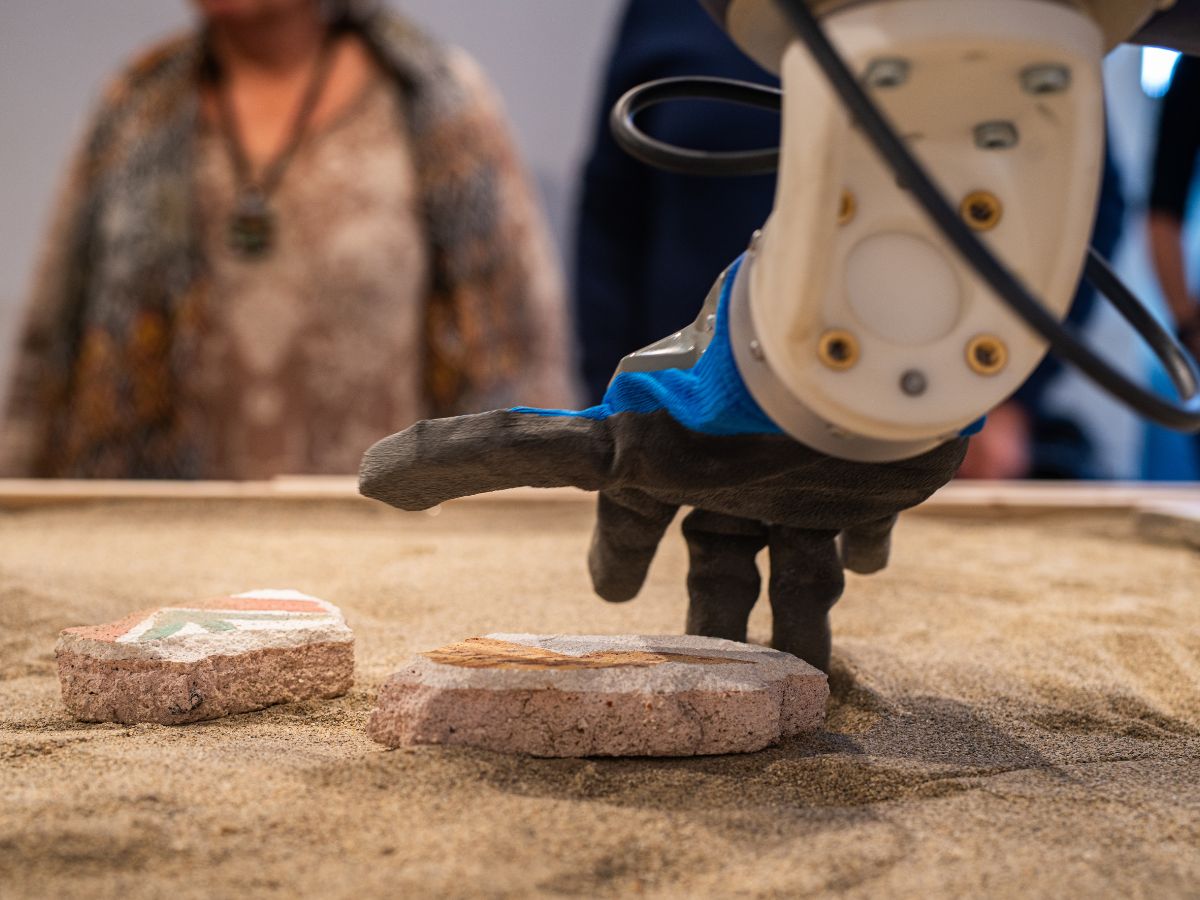IIT ranks first in Italy for this type of grant, which supports the introduction of innovations to the market or society
A new diagnostic device for ALS to be commercialized through a start-up, and a molecular sensor to increase the safety of pharmaceuticals and pollutants—these are the objectives of the two prototype projects led by researchers from the Istituto Italiano di Tecnologia (IIT- Italian Institute of Technology), Gian Gaetano Tartaglia in Genoa and Antonio Ambrosio in Milan, which have been awarded funding by the European Research Council (ERC). Each grant is worth approximately 150,000 euro.
The announcement was made today by the ERC, and the funding has been granted under the Proof-of-Concept (PoC) scheme, grants awarded by the prestigious European body to researchers who currently hold, or have previously been awarded, ERC frontier research grants. These top-up grants help to explore the commercial or societal potential of the findings researchers made through their ERC projects. The objective is to enable ERC-funded ideas to progress on the path from ground-breaking research towards innovation.
Across Europe, 150 new PoC projects have been funded by the ERC with a total investment of €22.5 million, including 9 in Italy, 2 of which are at IIT.
IIT confirms its position as the leading institution in Italy for this type of grant, as highlighted in a recent ERC report dedicated to innovation generated by funded projects (link), where IIT is mentioned as the “strongest performer” in Italy for Proof-of-Concept grants, having secured over 20. In addition to ranking first in Italy, ERC data places IIT among the top 10 in Europe, just behind EPFL and Tel Aviv University.
Antonio Ambrosio is the coordinator of the Vectorial Nano-imaging group at IIT in Milan, where he has worked since 2019 after returning to Italy from an extended period at Harvard University in the United States, thanks to his first ERC grant for the project “METAmorphoses” in the field of nano-optics. Ambrosio’s research focuses on the interaction between light and nanomaterials and the possibility of controlling one through the other to develop new optical devices. In 2023, he was awarded a second ERC grant, a PoC type for the project “MetaCam” to develop smart optical lenses for surveillance cameras that are less invasive, more analytical, and more precise, contributing to better protection of citizens’ privacy. The results of this research are now driving the creation of a new startup.
With the additional grant just awarded, Ambrosio will carry out the “2Dchiral” project, aimed at developing compact and low-cost sensors capable of distinguishing a molecular symmetry property known as chirality, which is essential for understanding chemical behavior. Many substances, including life-saving drugs and environmental pollutants, exist in two molecular versions that appear identical but are non-superimposable due to different chirality, and they behave very differently in the body or environment. Precisely distinguishing between the two versions is crucial for safety, effectiveness, and regulatory compliance. Ambrosio will use ultra-thin materials and optical fibers to create a portable, affordable device with high sensitivity.
Gian Gaetano Tartaglia is head of the RNA System Biology Lab at IIT in Genoa and co-coordinator of IIT’s internal multidisciplinary initiative Flagship RNA Technologies, which focuses on RNA-based technologies in the fields of genomics and precision medicine. In 2019, he received an ERC Synergy grant for the ASTRA project, dedicated to studying RNA therapies for neurodegenerative diseases. The new PoC grant will support the “AptALS” project, which aims to develop a new diagnostic tool for Amyotrophic Lateral Sclerosis (ALS) based on RNA aptamers, that are synthetic molecules capable of binding with high specificity to biological targets. The new device will enable the detection of toxic protein aggregates in patient biofluids, such as cerebrospinal fluid and, potentially, blood, without being invasive. At the core of the project is a patented RNA aptamer that recognizes the aggregated form of the TDP-43 protein, whose altered conformation is a hallmark of ALS. By enabling earlier diagnosis, the technology could significantly improve patient stratification in clinical trials, speed up treatment development, and reduce reliance on costly neuroimaging and lumbar punctures. Tartaglia plans to establish a dedicated start-up to commercialize the device, with active involvement from industrial partners.





